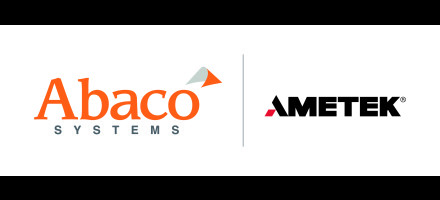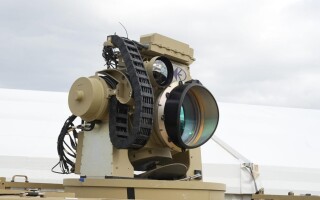Obsolescence insurance
StorySeptember 13, 2016
In the commercial off-the-shelf (COTS) era, electronics obsolescence is a fact of life. Military demand represents only a tiny fraction of the commercial semiconductor market and the imperatives of the two sectors are worlds apart. The consumer market prizes constant innovation, despite the disruptions this drive entails. The military market, on the other hand, looks for the latest technology at the outset of a project, but requires logistics stability through extended development, production, and fielding cycles. Managing obsolescence issues has never been more important, given today's budgetary austerity.
In the commercial off-the-shelf (COTS) era, electronics obsolescence is a fact of life. Military demand represents only a tiny fraction of the commercial semiconductor market and the imperatives of the two sectors are worlds apart. The consumer market prizes constant innovation, despite the disruptions this drive entails. The military market, on the other hand, looks for the latest technology at the outset of a project, but requires logistics stability through extended development, production, and fielding cycles. Managing obsolescence issues has never been more important, given today’s budgetary austerity.
Many COTS components become obsolete during a platform’s development phase. An extreme example is the F-35 fighter aircraft: It’s been 15 years in development and is almost 10 years behind schedule. The military is looking at major avionics upgrades for the platform even before declaring full initial operating capability. Part of the obsolescence problem may result from successful malicious cyberattacks, but some of it is also probably attributable to simply falling behind the technology curve.
Nevertheless, even relatively quick-turn programs are susceptible to obsolescence issues; they simply can’t be avoided, given the relentless pressures in the consumer market.
What to do?
Program managers are not defenseless, however: Suppliers of embedded computing products typically offer product lifecycle management (PLM) services as insurance against disruptions in the supply chain. Although many small-buy programs would rather make upfront lifetime buys, multiyear programs planning larger buys frequently opt for long-term support contracts.
Lifetime buys of enough material to support all future builds and repairs are problematic, involving many unknowns. A program might buy too many boards, wasting precious funds, or too few, necessitating unplanned expenditures in the future. If the program tries to buy out-of-production components from a broker, there is the additional risk of introducing counterfeit parts. In addition, the go-it-alone approach involves the cost of storing parts in secure, climate-controlled facilities.
PLM services typically include elements such as obsolescence monitoring and reporting, configuration management, test and repair capability, knowledge and equipment retention, engineering and redesign expertise, and component storage. Another piece of PLM is collaborative planning with the customer to put together the best strategy. Strategies can range from defensive – where parts are amassed after the design is set – to progressive – where technology refreshes are planned at regular intervals. Hybrid approaches can combine elements of both defensive and progressive strategies. Users also can evolve from one strategy to another as the platform ages. The B-52 aircraft, for example – which has been out of production for 54 years but is still in use – has used both defensive and progressive approaches, as its upgrade requirements change. (Figure 1.)
An example of obsolescence support is Abaco Systems’ PLM program, which includes long-term supplier relationships, storage facilities, and repair capabilities – including the retention of all test equipment – and dedicated teams of engineers to provide monitoring/reporting, repair/refresh, and configuration management for the life of a program.
It ain’t easy
Obsolescence can be hard to predict. Memory chips, for example, can go out of production in two or three years, sometimes without warning. If a safety-critical flight control computer is affected, even such a modest change as the insertion of a new memory chip could require the requalification of the entire system.
Processor suppliers typically provide more information about their roadmaps; even so, special-purpose processors, such as application-specific integrated circuits (ASICs), can be expensive to replace.
Managers of programs that will last a decade or more need to have some kind of mitigation plan. An unforeseen end-of-life component or product event – if no compatible drop-in replacement is readily available – could force time-consuming and expensive redesigns, possibly impacting operations. If a user without a prior support contract zooms in to a board vendor to make an end-of-life buy, for example, the premium for doing so might be two or three times the price of the original product. In contrast, if the customer is armed with a support contract and a long-term pricing agreement then the premium would be much more manageable.
Given that obsolescence is a fact of life, it makes sense to plan for it rather than just react to it. At moderate cost, obsolescence management programs offer ways to mitigate risks and keep a platform running as long as the user desires.
Figure 1: The B-52 has used a combination of defensive and progressive approaches to manage obsolescence. Vintage B-52 image courtesy Abaco Systems.
www.abaco.com







